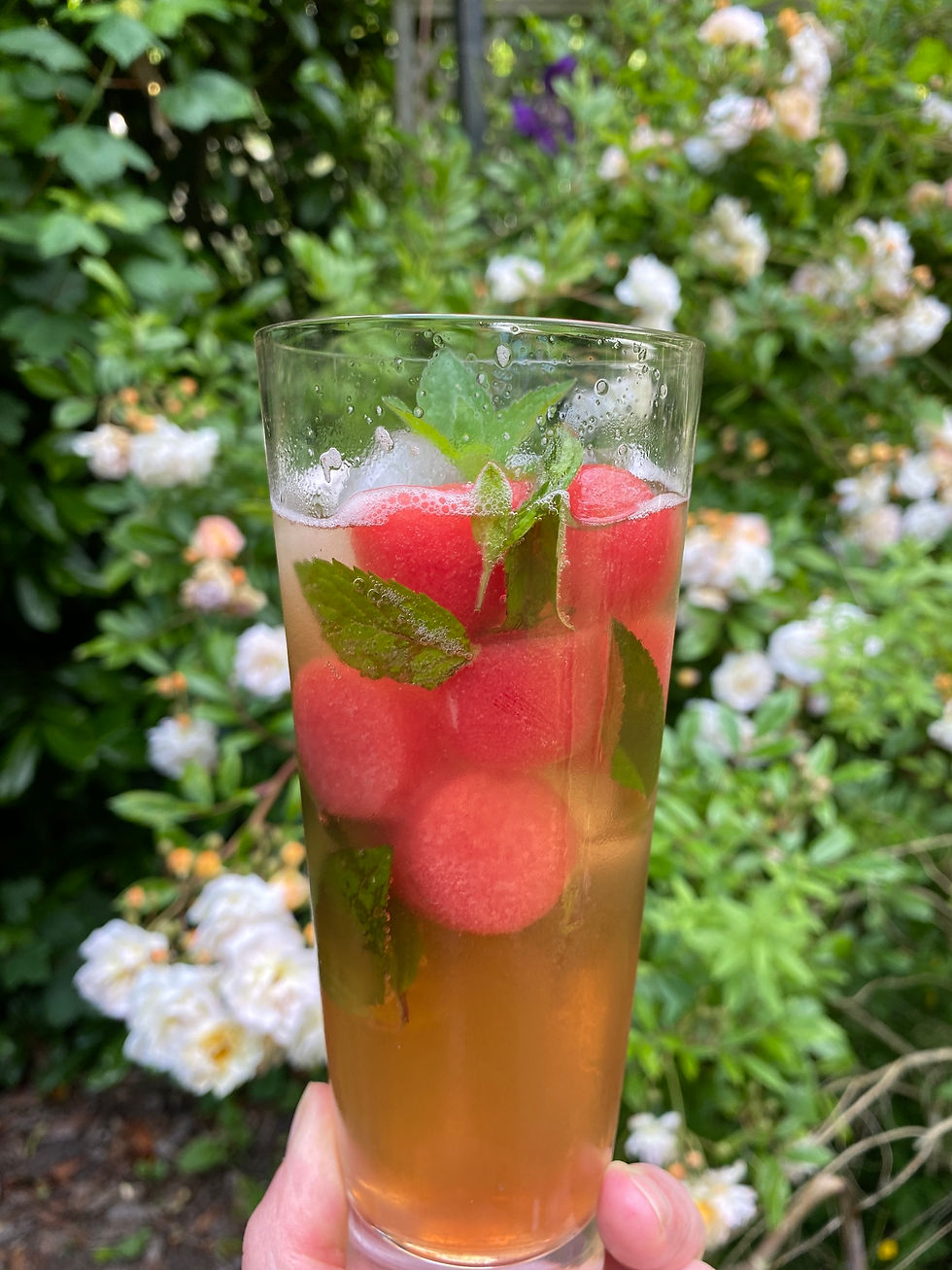A History of Herbalism by Emma Kay
- sjfbilton
- Jul 4, 2022
- 3 min read
What is the essence of the book?
Humans have exploited the benefits of herbs (or ‘yarbs’ as they are known in some parts of Britain) for thousands of years. Not only are herbs a tasty addition to the kitchen but in the hands of someone in the know they can also act as medicines. Emma Kay’s latest book explores the history of this art from early botanists through to an explanation of how many individual herbs were used. The sub title is ‘Cook, Cure and Conjure’ and all of these areas are examined with an insightful depth considering the book is less that 200 pages long. If you have a burgeoning interest in how herbalism developed and want to explore beyond the famous Nicholas Culpeper then this would be the perfect place to start. The scope of the book extends beyond British Isles with information (and recipes) from other European counties like Switzerland and as far afield as Japan.

About the author
Food Historian, Emma Kay has contributed to numerous historical TV shows such as Walking Britain’s Roman Roads. She also has ten books to her name covering everything from the Dark History of Chocolate to the culinary history of Lancashire.
Who will like it?
If you love your history laced with a dash of folklore then you’re in for a treat. As the book spans herbs as medicine as well as culinary ingredients it should have a broad appeal to anyone with an interest in these aspects of history.
Who won’t like it?
Herbalism was and still is a complex practice. This book is not going to teach you how to become a modern day cunning woman (or man) but it may inspire you to take a deeper look into this art. The book is predominantly text driven so if you are a particularly visual person you may find the lack of images of each herb for identification purposes a bit disappointing.
What do I like about the book?
This book is magic! No, I mean it. I’ve always had an interest in folklore so the section devoted to herbs and magic particularly appealed to me. Take basil, for example. Kay writes ‘Apparently, when the Romans cultivated basil….they cursed and abused the seeds. This was based on an ancient assumption that the more you damned the plant, the more it yielded.’ Obviously, I have been way too lenient with my basil plants in the past who seems to put in a rather lacklustre performance in my greenhouse. Joking aside though, there are hundreds of delectable details like this that ensure this book is a captivating read. A History of Herbalismcould serve as an introductory guide to herbs and their uses (and this is in no way disparaging – I’m sure Kay would agree that there is much more that could be written about each of the herbs described) but crucially it doesn’t read like a reference book. The book is entertaining and informative in equal measure and will have you looking at common (and less well known) herbs in a new light.
Would I cook from it?
This is not what I would call a classic cookbook but it includes translations of old medieval recipes, so you could certainly cook from it if you wanted to. There are some genuinely intriguing recipes in here with an international flavour such as Rooibos and Buchu Infused Lamb Shanks served with Creamy Amasi Samp and Angelica Apple Pie, that I certainly would like to try.



Comments